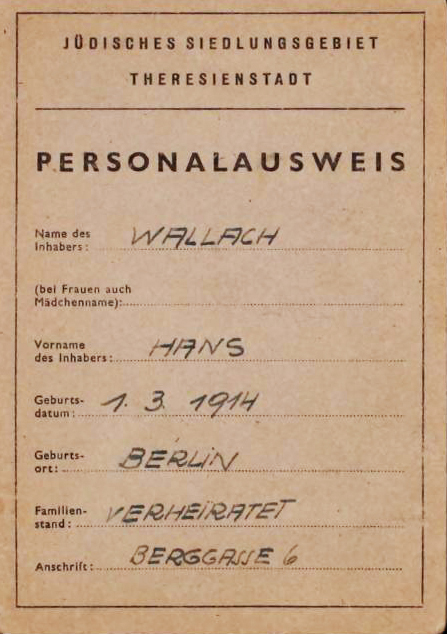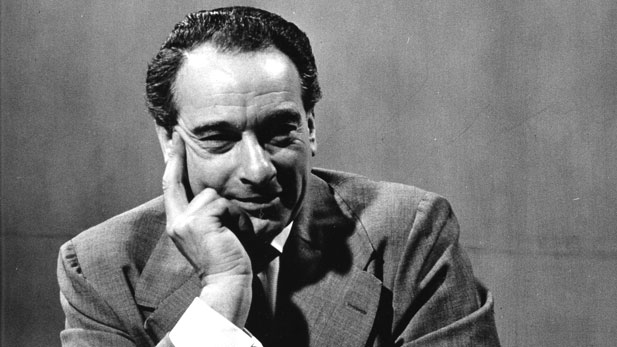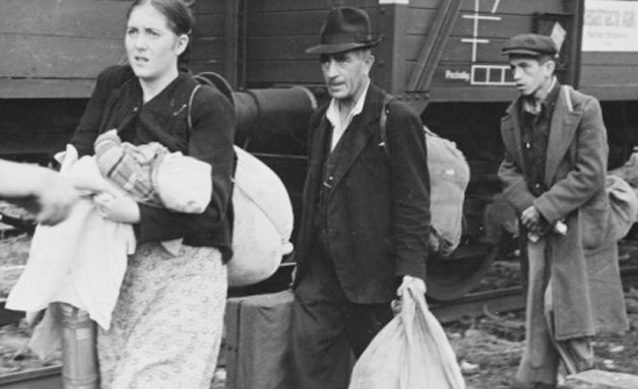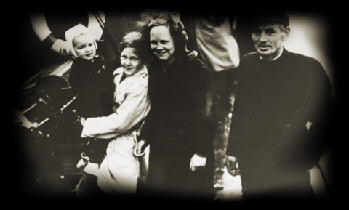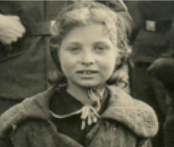In April 1940, the Nazis invaded and occupied the Kingdom of Denmark. Fortunately, the occupation policy was somewhat less severe than in other countries, and Danish Jews were left untouched. However, beginning in 1943, the atmosphere grew increasingly tense, leading to strikes and uprisings among the Danes. The Nazis responded with brutal restrictions, many of which affected the Jewish community, and began secretly planning the deportation of Denmark’s Jews to concentration camps.
The Nazis scheduled the deportation to begin at the start of Rosh Hashanah, October 1, 1943. But, thanks to the early warning of a German diplomat, Georg Ferdinand Duckwitz, the plan was leaked and word spread quickly throughout the community. The Danish resistance and the larger population in general acted spontaneously to protect their Jewish citizens. In a remarkable feat of determination and courage, the Danes hid Jews in hospitals, churches, and homes for weeks until safe passage to neutral Sweden could be arranged in small fishing boats. The boats traveled over the choppy winter seas, and upon arrival, just a few dangerous miles away, the Swedes received the Jewish community warmly, and cared for them until the end of the war. Thanks to this extraordinary mass rescue effort, Denmark had one of the highest Jewish survival rates at war’s end for any European country.
Not all members of the Jewish community were saved by these efforts. Several hundred, mostly the old and infirm, could not escape. These individuals were sent to the concentration camp Theresienstadt. Due to intense pressure from the Danish government, these prisoners had better conditions in the camp and were allowed to receive letters and even some care packages. Most of them survived their internment at Theresienstadt.
Nearly 2000 Jews live in Denmark today.
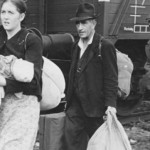
We didn’t have to wear special badges, like the rest of the Jews in occupied Europe, nor did we have to live in special, walled parts of the city. Everything was normal. The Germans were “just there.”
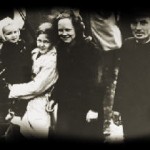
I was among the fortunate ones rescued by faring fellow countrymen who did not allow religious differences to stand in the way of humanitarianism.
Personal Stories of Rescue
In Search of My Past
In an old, faded, black and white photograph, my mother is standing on the doorstep of a white house with a thatched roof. More than 60 years after the photo was taken, I visited that house, the house my parents lived in when they were taken prisoner by the Gestapo in Assens, Denmark in 1943.
Once Upon a Time
Spontaneous – The Rescue! From every side without a moment’s hesitation, without thought of self, without a question, without appeal, the Danish people took the Jews out of sight, into hiding! Into attics! Into cellars! Into haylofts! Into silos! Overnight the Jews had vanished! The brutal troops were empty-handed!
The Story of Anne Sheppes
Anne Sheppes was born in Denmark in 1934. Her family had been there since the 18th century and was totally integrated in Danish life. The children attended Danish schools and at home they spoke Danish. They celebrated all the national holidays, but they also celebrated Jewish holidays. In addition to their normal schooling, they had a special teacher come to the house to teach her and her four other siblings Hebrew and about Judaism, and Jewish practices.
Fond Memories of a Nightmare
Nearly five decades have passed since the infamous Holocaust- the premeditated, systematic genocide of six million Jewish men, women and children. The memory of that nightmare still lingers on in the wounded hearts of living survivors as well as through Holocaust memorials and museums across the globe.
The Story of Anne Atsmon
When Hitler came to power in 1933 I was one year old. We lived in Berlin in a nice apartment. Both my parents worked at home. My mother, the youngest of a well-to-do assimilated family, had studied in Vienna to become a professional, skilled dressmaker (Meister). She had an atelier (salon) with apprentices, and worked very hard to make ends meet.
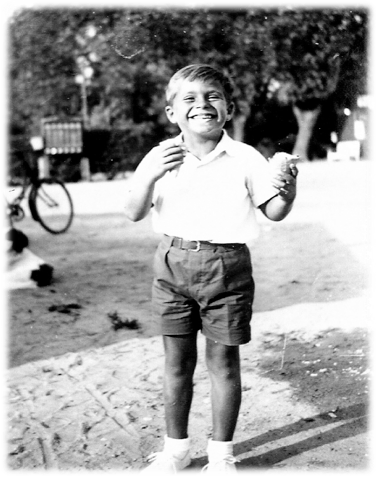
A Danish Boy In Theresienstadt
Heavy pounding on the front door of our apartment in Odense, Denmark! It was early October 2, 1943 – Rosh Hashana, Jewish New Year. I was eight years old. Denmark had been occupied by the Germans since April 9, 1940. Until then conditions in Denmark had been “relatively normal” certainly compared to other occuiped countries such as Poland. Who was at our door this early?

On the 75th Anniversary of the Rescue
Danish Jews are and will always be an integral part of the Danish community. An attack on Danish Jews is an attack on Denmark. That is how it was. This is how it is.

My Memoir by Salomon Vainer
No-one believed that what we heard had happened to the Jews in great Europe could also happen to us. Up to the escape to Sweden, we Danish Jews lived almost untouched by the occupation. Perhaps we didn’t believe things were so bad in the rest of Europe. We had heard about the incredible mass extermination of millions of murdered Jews. Most Jews in Denmark thought it was an exaggeration. What we heard was simply too unbelievable. But the day came when the Nazis also demanded us, Danish Jews.
